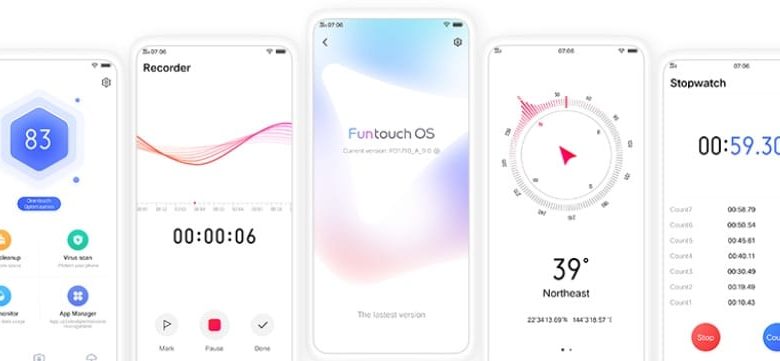The Mobile UI Ads Conundrum

Ads on the internet have been there since the beginning of the Internet age. Online ads have just become more targeted and personalized. But the concept of ads have been around for a long time and it will be there forever. This blog post you are reading is also served with ads to you. That is how we make money. When you watch TV, you see commercial breaks filled with ads. Youtube videos are monetized with ads. Ads are everywhere and they are both intrusive and non-intrusive in nature. But we never cared about them until they crept into the Mobile UI. Samsung, Xiaomi and recently Realme have decided to serve ads on their UI.
Mobile is a very personal device. It is as close and private as a Diary used to be in the 80s. Serving personalized ads on such a personal device has sparked outrage because it feels highly intrusive. It intrudes on user experience and privacy.
You might have paid a hard-earned bonus, a few months’ salaries or might have even got that mobile on that painful EMI. Seeing ads interfering with your user experience on a device that you have paid for could be painful. But you paid for your TV and you are paying for that cable connection and still, you see ads between the shows. Why aren’t we concerned? Why the double standards?
Well, it is because of the privacy intrusion by the ad serving agency, in the name of the targeted advertisement. Ads are served based on your usage and computed needs. You might have browsed the internet for something sleazy and then the ad engines would have picked up that trail and will show you sleazy ads. While you hand over the mobile to someone else and if they see sleazy ads on your mobile, you might be embarrassed. That is not the case with Television ads. It’s the same experience for everyone.
Now, why do mobile brands want to show ads on their UI? One word: Monetization. Advertisements are a good way to generate income. A YouTuber makes money out of such ads shown between their content and mobile brands want to make money as well. You might argue that you have already paid money for the mobile and why do they want to make more money out of it? Well, these mobile brands have cut all possible corners to bring the mobile to you with a measly profit margin. An extra income can help them widen that margin. They need money to pay for software maintenance and upgrade. With low-profit margin, increasing marketing costs, rocketing manufacturing costs, labor costs, etc… they need to keep the ship afloat. It is not the only way to make money, but it is a good way to make money for them.

Now if you are really concerned about ads on mobiles, there are ways to disable them. Here is my post on disabling ads on Redmi mobiles. Realme has also published the steps to disable ads on their UI. I have not yet experienced Ads on Realme Mobiles, but I have successfully disabled in all my Redmi Mobiles and now I have not seen an ad on it for a long time. So if you are really concerned about ads on your mobile, you must go ahead and disable it. If you still see ads and feeling very uncomfortable, you can always root your mobile and flash a custom ROM. But by doing so, you will void the warranty and most banking and fin-tech apps will not work on a rooted mobile.

Today a handful of mobile brands that make budget devices resort to ads. Even Samsung who charges premium even on a budget device shows ads on their UI. Tomorrow, every other mobile manufacturer may follow the path. Traditionally bloatware has been a good way for them to make money and that is one reason why the tech community loves stock Android experience. You can dodge the bullet for a while, but it is inevitable. You can resort to choosing premium mobile or alternate OS like Apple. But you never know. Those brands could also take the ad route. You just have to be smart about disabling ads or accept the reality and move on.




